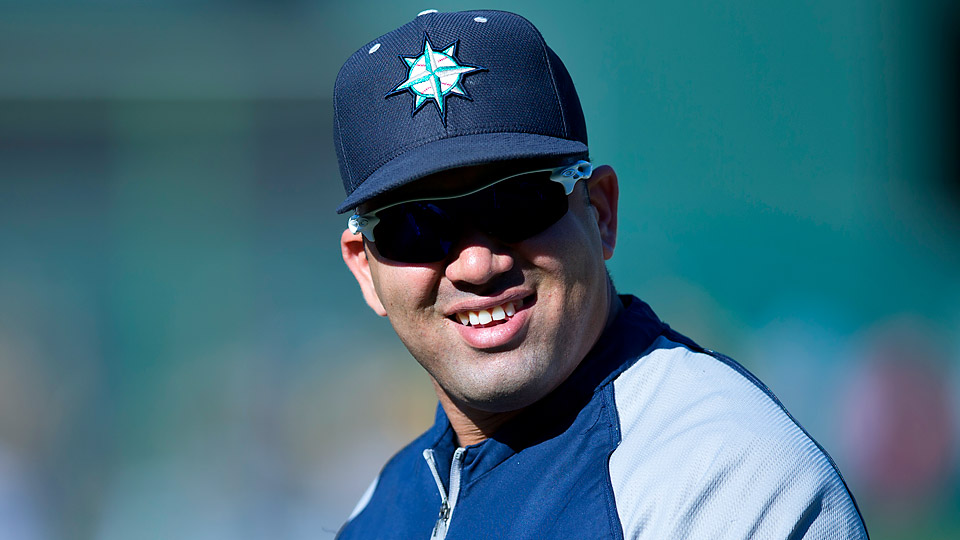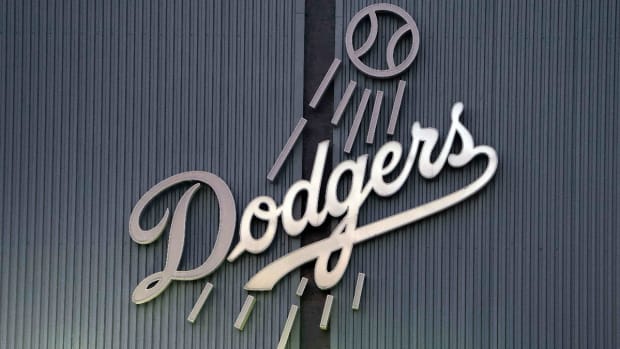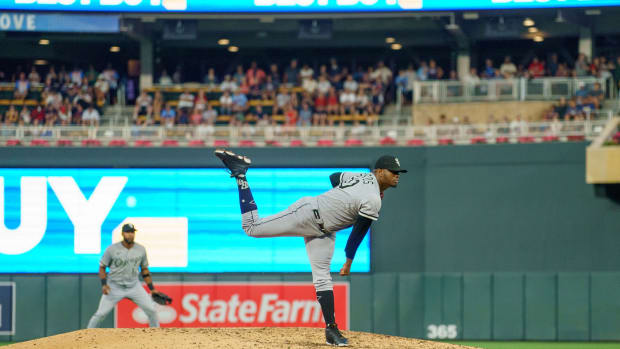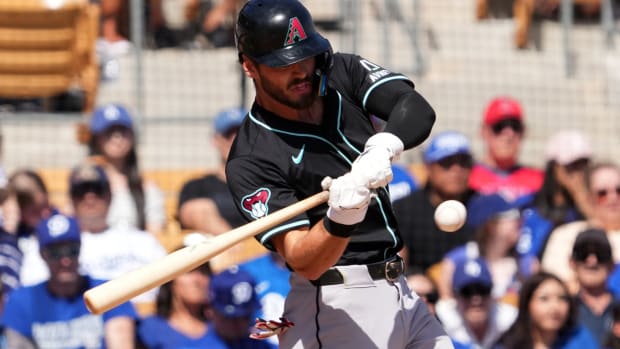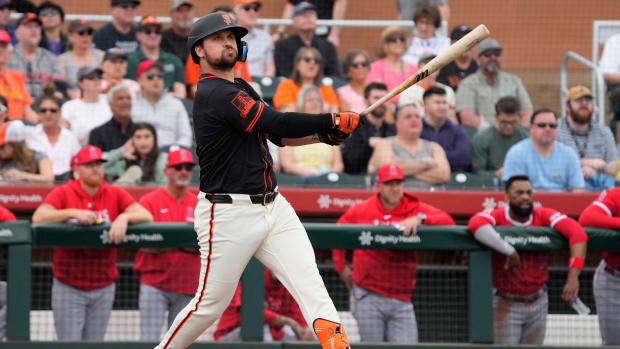Mariners make another illogical move by trading for Kendrys Morales
Just when it seemed like the Mariners didn’t want or need him, Seattle has acquired Kendrys Morales from the Twins for righty reliever Stephen Pryor. The move doesn’t make a lick of sense given the events that preceded it, beyond the fact that this particular brand of illogic is similar to how the Mariners have done business in recent years.
Follow the bouncing ball. In January 2013, the Mariners signed Morales to a one-year, $5.25 million contract. He then went out and hit .277/.336/.449 (122 OPS+) with 23 home runs and 80 RBI as the team’s primary designated hitter, with an additional 31 starts at first base. That was solid production for a designated hitter at Safeco Field, a good return on the Mariners’ minimal investment. With the expectation that the 30-year-old switch-hitter would be among the more sought-after free agents this past winter, the Mariners extended a qualified offer to him in November (worth $14.1 million for one year, a 269 percent raise from his 2013 salary) hoping he would either re-sign or yield compensatory draft picks when he signed elsewhere.
So far, so good. However, that qualifying offer, which Morales rejected in pursuit of a multi-year deal, dried up the market for Morales’ services by attaching draft pick compensation to his price. Morales remained unsigned throughout spring training and beyond Opening Day. The one team that didn’t have to give up a draft pick to sign Morales was the Mariners, who, as the season got underway, found the performance of their designated hitters severely lacking. In a look at Morales’ potential suitors published on this site on May 21, I cited the season line of Seattle's designated hitters to that point. It was .197/.278/.318. Re-signing Morales, who had succeeded in that role in Seattle just last year and whose price has surely dropped significantly, seemed like a no-brainer. In fact, I argued, “it would be almost negligent of them not to do so.”
They didn’t. No one did, until after the draft, when draft pick compensation was no longer an issue. The team that signed him, inexplicably, was the Twins, who signed him to what amounted to a qualifying offer, $14 million for one year, with his salary pro-rated to the portion of the season in which he would actually participate. Morales debuted with the Twins on June 9.
Since then, Morales has hit .234/.259/.325 with just one home run and, unlike Stephen Drew, whose free agency followed a very similar path, Morales has shown no sign of shaking off the rust that clearly accumulated while he lingered in free agent limbo. Meanwhile, Corey Hart, the free agent Seattle did sign over the winter to fill their DH position, just returned from a month-and-a-half-long disabled list stint earlier this month. Yet it's now that the Mariners have decided to reunite with Morales, not only taking on the remainder of his salary this season, but giving up an actual flesh-and-blood player to do so.
Since Hart’s return on July 4, the Mariners' designated hitters have hit .213/.290/.295. Over the same span, Morales has hit .258/.277/.355. Yes, Morales has been better, but by a small, almost meaningless margin. Using Gross Production Average, (which combines on-base percentage with slugging like OPS, but gives proper weight to the more important on-base percentage and adjusts the result to the batting average scale), the line for the Mariners' DHs since July 4 yields a .204 GPA to Morales’ .213 over the same span. Both have been awful.
Pryor, who had surgery to repair a torn latissimusdorsi last August, is an easy price to pay for an offensive upgrade in a pennant race, as there’s concern about his ability to bounce back from that injury (his velocity is way down and he has spent most of the season in Triple-A dealing with further shoulder discomfort). The issue is that Morales doesn’t really represent an upgrade. Sure, he could snap out of his funk over the final two months, but if the Mariners have such confidence in his ability to do so, why didn’t they sign him in June, or in May when Hart got hurt, or in April when it was clear no one else was going to, or in February, when it was already clear they would need him. Why wait until he proved the time off hurt him, until Hart got healthy, and until they needed to give up a (at least formerly) live arm to get him?
The only answer I can come up with is because they’re the Mariners, a team whose success this season has done little to change the general consensus that their front office is disorganized and dysfunctional -- an opinion this trade only serves to reinforce.






























